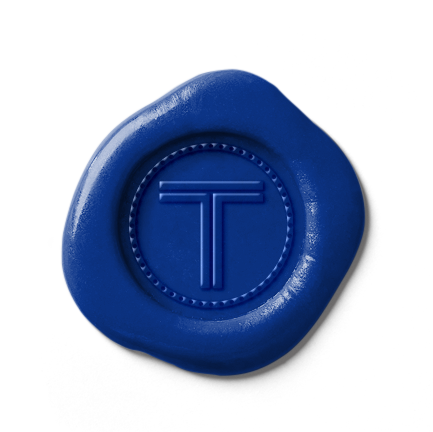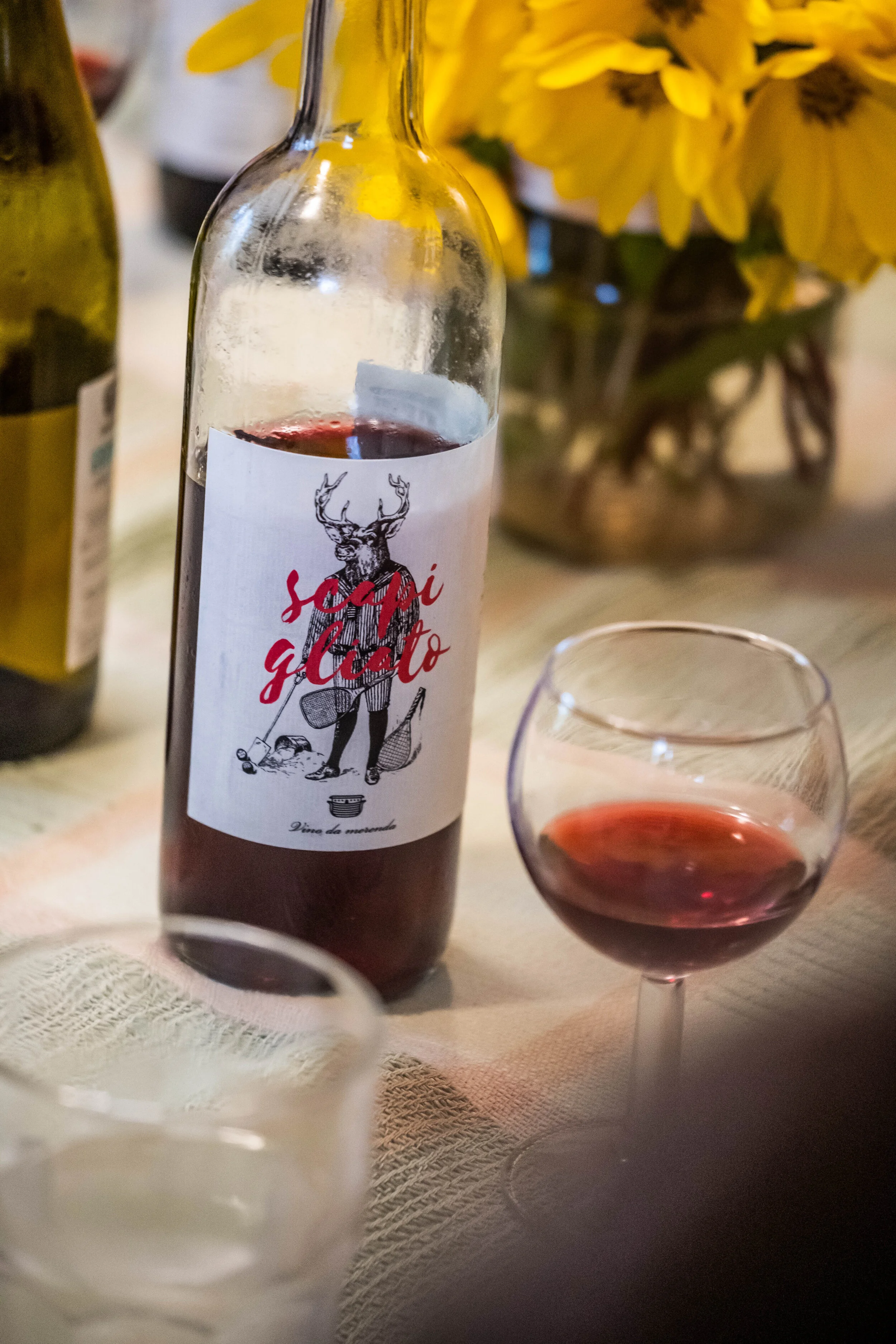The Truth about Wine Additives
Dry Farm Wines visits Natural Wine Grower Claus Preisenger’s wine cellar in Austria
Experts believe winemaking began in Northern China around 7000 B.C[*]. For centuries, wine was made like all food & drink: in small batches to be consumed and enjoyed fresh.
Within the last 50 years, the modern winemaking industry has taken off. It’s no longer small batch products for local consumption; it’s mass produced wine to stock retail shelves.
That’s why, today, wine additives are commonplace in much of the industrial winemaking world. Additives offer winemakers unprecedented control over nearly every aspect of the winemaking process. There are additives for color, texture, flavor, sweetness, clarity, fermentation speed, and more.
Which wine additives are in your wine, and are they safe for us to drink?
This article will take a closer look at wine additives, what they do, and how they affect both your health and the wine you drink.
Why Wine Additives Matter
In the United States, there are 76 winemaking additives approved by the FDA (click here for the full government public list). But, wine companies are not required to disclose their additives content, so you have no way of knowing what’s actually in your wine.
Some of the additives are harmless and natural, while others are far more toxic. The most dangerous offender is dimethyl dicarbonate (DMDC), which is strongly toxic to humans in its raw form.
Other legal additives include:
Fining agents that reduce wine’s haziness and make it less bitter
Defoaming agents that prevent wine from foaming
Preservatives that prevent wine from spoiling
Fermentation enhancers that speed up and standardize the fermentation process
Colorants that change a wine’s color
Enrichment agents that change a wine’s flavor
Additives provide winemakers with a great deal of control over every step of the winemaking process. They’re most popular with big, industrial producers who want to make the same wine, bottle after bottle and year after year. However, many smaller producers also use additives. Additives can save harvests from problems with fermentation or aging. They can also improve the profile of wine that doesn’t turn out quite how the winemaker wants.
Dry Farm Wines visits Natural Wine Grower Calafata in Italy
TRANSPARENCY
In virtually every other consumable good industry—food, beauty, personal care products—ingredient lists are mandatory. You can look at the label and know exactly what you’re getting.
But because wine is taxed as alcohol, not food, the government doesn’t require producers to disclose ingredients. The one exception is sulfites, and that labeling doesn’t mean much, because virtually every wine in the world contains some amount of sulfites (they are naturally occurring in wine).
Because winemakers don’t have to disclose ingredients, you never know what’s in your wine. That’s an issue in certain situations. For example:
Mega Purple, a type of super-concentrated grape juice, is a common additive that improves the color and body of red wine. It also stains your teeth and is is 68% sugar by content[*].
It’s good to have transparency in ingredients. You want to know exactly what you’re putting in your body, and when it comes to the wine industry, you typically don’t. Even high-end wines often contain additives.
Dry Farm Wines visits Natural Wine Grower Menti in Italy
QUALITY
How do additives impact wine quality?
Most established wine tasters will be able to tell you if a wine had grape juice concentrate mixed with it. They can distinguish between the shallow flavor of oak chips and the rich depth that comes from aging wine in oak barrels. They can taste the difference between wine fermented with wild, native yeasts, versus wine fermented with commercial added yeast.
Additives remove Nature’s influence, giving winemakers extraordinary control over their final product. Additives speed up and standardize the winemaking process, but in doing so, they remove a wine’s soul.
You can taste the difference right away when you try a glass of Natural Wine (wine that has not been manipulated with additives). The wine is alive. It holds within a story about the year it was made: the changing seasons, the richness of the soil, the careful harmony between the winemaker and Nature herself.
Natural Wines trade standardization for personality and purity—which, in our opinion, is a trade worth making.



